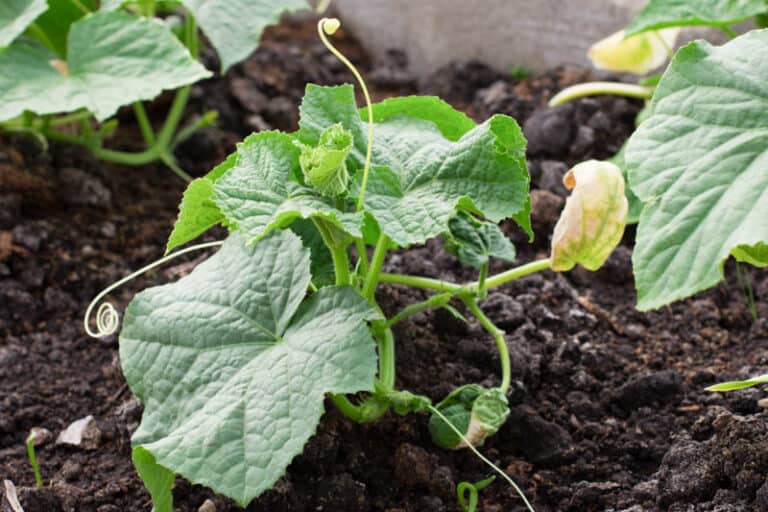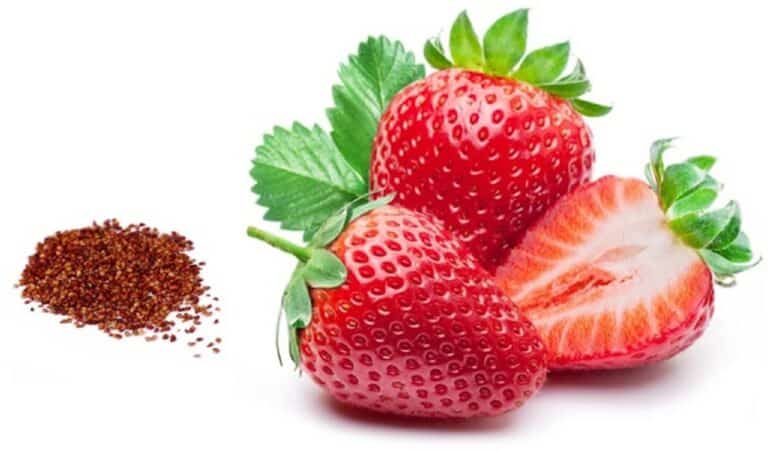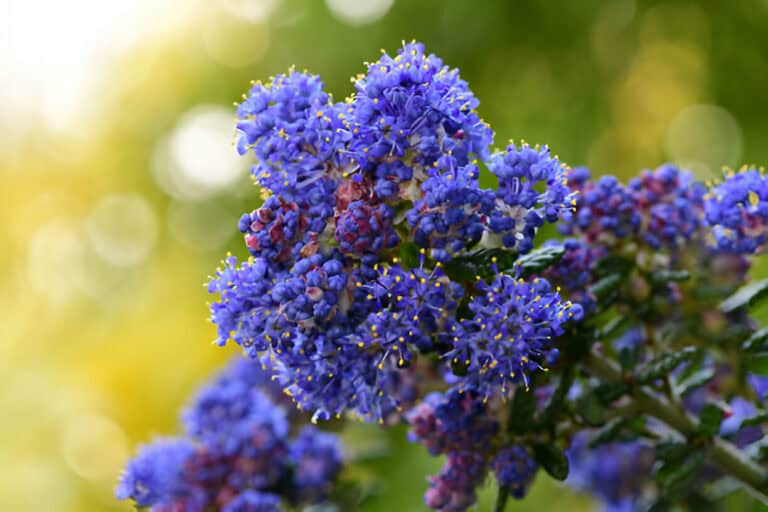Viburnum vs. Ligustrum: Choosing Better Shrubs for Your Landscape
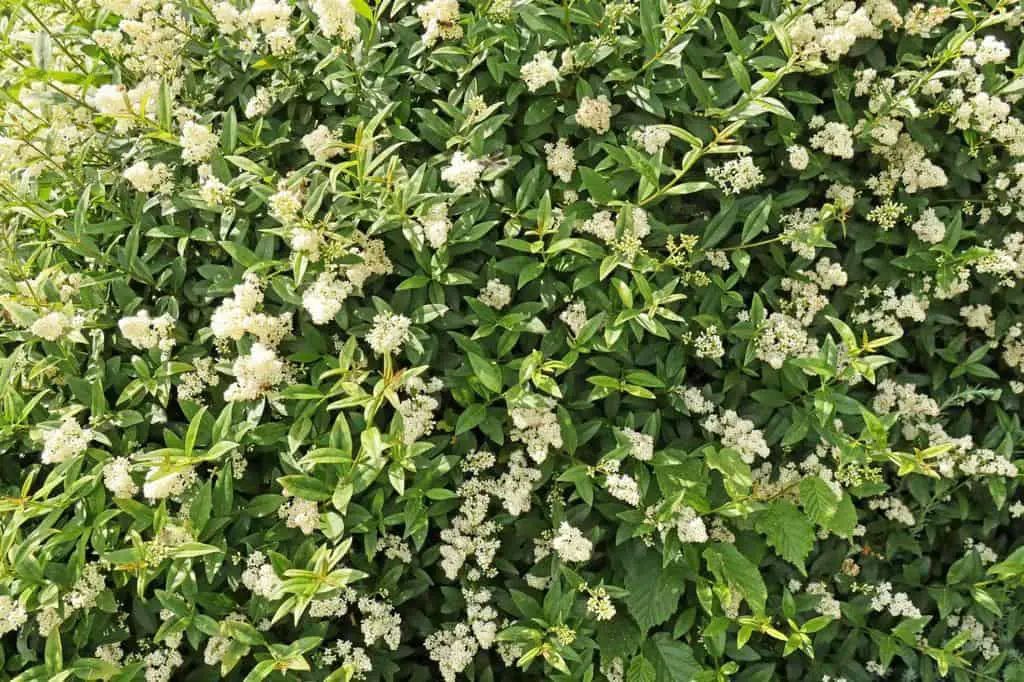
Landscaping is an art that not only adds beauty to your surroundings but also elevates the overall ambiance of your home. When it comes to choosing the right shrubs for your landscape, Viburnum and Ligustrum are two popular options that offer a plethora of benefits.
While both shrubs share certain similarities, they have distinct characteristics that make them suitable for different preferences and settings. Let’s delve into the nuances of Viburnum and Ligustrum to help you make an informed decision for your landscape design.
Introduction to Viburnum and Ligustrum
Shrubs play a pivotal role in landscaping, adding depth, texture, and a touch of natural splendor to outdoor spaces. They serve as versatile elements that can define boundaries, create privacy screens, or simply enhance the aesthetic appeal of your garden.
Among the myriad of shrub options available, Viburnum and Ligustrum have emerged as popular choices, each offering a unique set of features and benefits that cater to diverse landscaping preferences. It is essential to carefully assess the specific requirements of your landscape to ensure you select the shrub that aligns with your aesthetic vision and practical needs.
Viburnum, with its attractive foliage, fragrant flowers, and adaptable nature, effortlessly infuses a sense of natural elegance into any outdoor setting. The vibrant foliage, ranging in shapes and sizes, adds visual interest throughout the year, while the aromatic blossoms not only elevate the garden’s charm but also attract essential pollinators, fostering a thriving ecosystem.
On the other hand, Ligustrum, also known as Privet, is celebrated for its durability and fast growth, making it an ideal choice for creating formal hedges and borders. The glossy, dark green leaves lend a sophisticated touch to any landscape, while its drought tolerance and minimal maintenance requirements make it a practical option for those with busy schedules or limited gardening experience.
It’s essential to weigh aesthetic preferences, maintenance commitments, and specific environmental factors when choosing between these two prominent shrubs, ensuring that your landscape flourishes with the ideal greenery that perfectly complements your outdoor oasis.
Viburnum: The Versatile and Charming Shrub
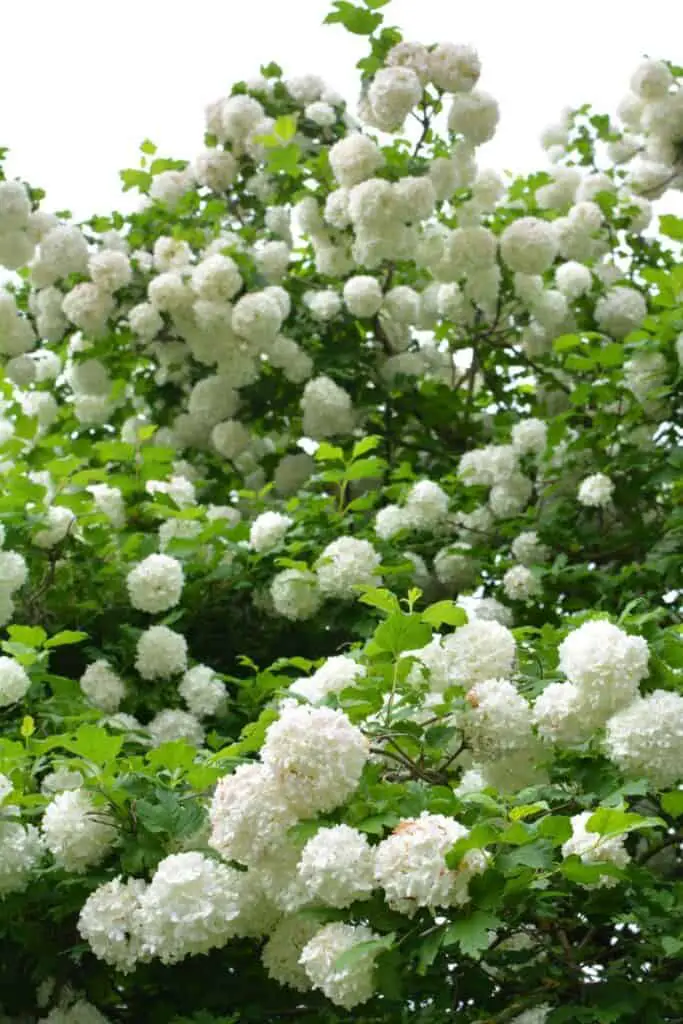
Viburnum is known for its versatility and ability to thrive in various conditions, making it a favorite among landscape enthusiasts. With its vibrant foliage and fragrant flowers, Viburnum effortlessly adds an element of natural elegance to any garden or yard.
This shrub comes in a variety of species, each with its own unique features, enabling you to choose the perfect one for your specific landscape needs.
Viburnum Features and Benefits:
- Attractive Foliage: Viburnum boasts glossy, leathery leaves that vary in shape and size, depending on the species. This feature adds depth and texture to your landscape, making it visually appealing throughout the year.
- Fragrant Flowers: One of the most captivating aspects of Viburnum is its aromatic blossoms. These flowers not only enhance the aesthetic appeal of your garden but also attract pollinators, contributing to a flourishing ecosystem.
- Seasonal Interest: Certain Viburnum species offer year-round visual interest, with colorful foliage in the fall and clusters of bright berries in the winter, creating a dynamic and ever-evolving landscape.
- Adaptability: Viburnum is renowned for its adaptability to different soil types and light conditions, making it a low-maintenance option for both experienced gardeners and novices.
- Privacy and Screening: Some Viburnum varieties, such as the Viburnum Tinus, can be pruned into dense hedges, providing privacy and acting as a natural barrier to define your outdoor space.
Ligustrum: The Durable and Low-Maintenance Shrub
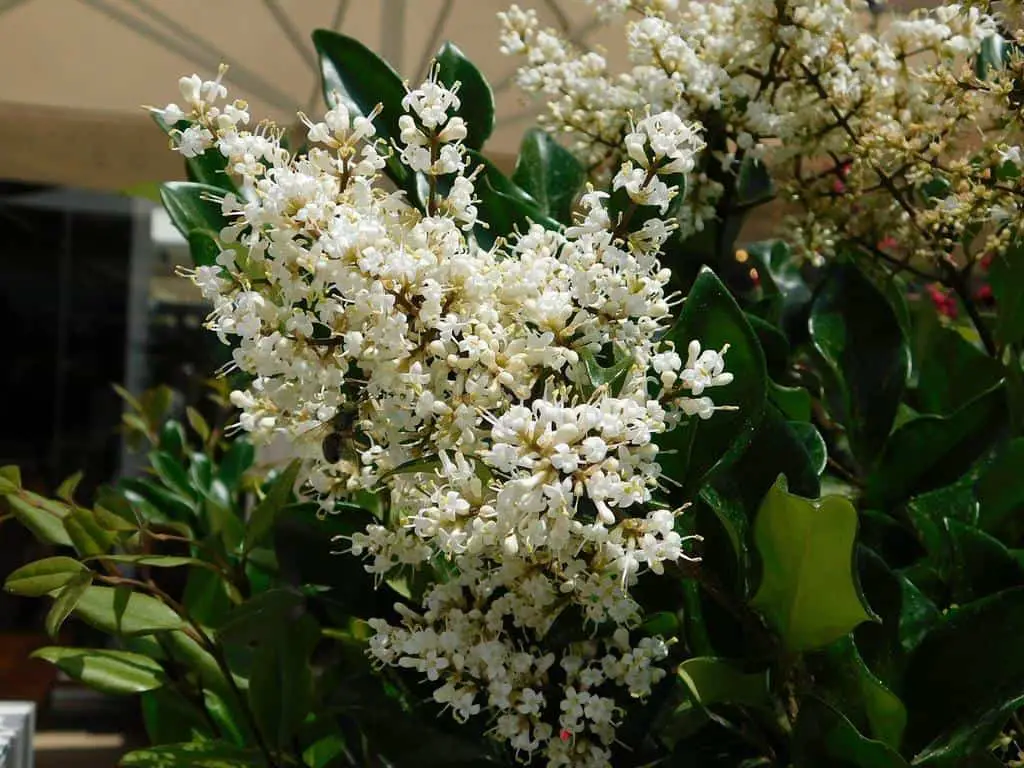
Ligustrum, commonly referred to as Privet, is celebrated for its durability and resilience, making it a popular choice for those seeking a hassle-free landscaping solution.
With its lustrous and dense foliage, Ligustrum is often utilized for creating formal hedges and borders, giving your landscape a polished and refined appearance.
Ligustrum Features and Benefits:
- Elegant Foliage: Ligustrum’s glossy, dark green leaves add a touch of sophistication to any landscape, creating a polished and manicured look that is perfect for formal gardens or structured outdoor spaces.
- Fast Growth: This shrub’s rapid growth rate allows you to establish boundaries and create privacy screens relatively quickly, making it an ideal option for those looking for immediate results.
- Drought Tolerance: Ligustrum is known for its ability to withstand periods of drought, making it a practical choice for regions with limited water resources or unpredictable weather patterns.
- Easy Maintenance: With minimal pruning requirements and resistance to common pests and diseases, Ligustrum is a low-maintenance shrub that suits homeowners with busy schedules or those new to gardening.
- Versatile Uses: Ligustrum’s adaptability to different soil types and light conditions makes it a versatile option for various landscaping designs, from traditional to contemporary.
Choosing the Right Shrub for Your Landscape
When it comes to selecting between Viburnum and Ligustrum for your landscape, several factors should be considered to ensure you make the right choice based on your specific needs and preferences. Here are some key points to ponder:
- Aesthetic Preferences: Consider the overall look you want to achieve in your landscape. Viburnum’s diverse foliage and seasonal changes might be perfect if you desire a dynamic and visually rich garden. On the other hand, if you prefer a more formal and polished appearance, Ligustrum’s glossy and dense foliage might be the better option.
- Maintenance Requirements: Evaluate the amount of time and effort you can dedicate to maintaining your shrubs. If you have limited time for gardening, Ligustrum’s low-maintenance nature might be the practical choice. However, if you enjoy spending time nurturing your plants, Viburnum’s adaptability can provide you with a rewarding gardening experience.
- Climate and Soil Conditions: Assess the climate and soil conditions in your area to determine which shrub will thrive best. While both Viburnum and Ligustrum are adaptable, understanding the specific needs of each species can help you make an informed decision that ensures the long-term health and growth of your shrubs.
Can I Plant Viburnum and Ligustrum Together in the Same Garden?
Yes, you can plant Viburnum and Ligustrum together in the same garden. Both plants can be grown in full sun or partial shade and require little care. However, it is important to note that both plants can be troubled by fungal leaf spots and piercing/sucking insects.
When planting a mixed screen, it is recommended to space plants eight to ten feet apart to avoid problems caused by dense foliage restricting air circulation.
Additionally, it is important to choose the right species of privet, as some species are invasive and can cause allergies and a sickeningly sweet odor.
Conclusion
In conclusion, both Viburnum and Ligustrum are excellent choices for enhancing the aesthetic appeal and functionality of your landscape. By considering their distinctive features and benefits, as well as your specific requirements, you can make an informed decision that aligns with your gardening goals and preferences.
Whether you opt for the versatility of Viburnum or the durability of Ligustrum, integrating these shrubs into your landscape design can elevate the charm and elegance of your outdoor space, creating a welcoming and visually captivating environment for you to enjoy.
FAQs
Are Viburnum and Ligustrum suitable for use as hedges?
Both Viburnum and Ligustrum can be used for hedges, but the choice depends on your specific landscaping goals and preferences.
Do Viburnum and Ligustrum require regular pruning?
Pruning is beneficial for both shrubs, but the extent and timing of pruning may vary. Detailed care instructions are provided in the article.
Can I plant Viburnum and Ligustrum together in the same garden?
It’s possible to plant Viburnum and Ligustrum in the same garden, but you should consider their individual needs and space requirements.
Which shrub is more drought-tolerant, Viburnum or Ligustrum?
Viburnum is generally more drought-tolerant than Ligustrum, but both shrubs benefit from proper watering and care during dry periods.
Are there specific species or cultivars of Viburnum and Ligustrum that are recommended for certain climates?
Yes, there are various species and cultivars of Viburnum and Ligustrum, and some are better suited to specific climates. The article provides guidance on choosing the right varieties for your region.
What are the differences between Viburnum and Ligustrum?
Viburnum and Ligustrum differ in several ways. Viburnum typically has larger, broader leaves and produces clusters of white or pink flowers. Ligustrum, on the other hand, has smaller, narrow leaves and blooms with small, fragrant white flowers. The choice between them should consider factors like aesthetics, growth rate, and specific landscape needs.
Which shrub is better for creating privacy in a garden, Viburnum or Ligustrum?
For creating privacy, Ligustrum is often the preferred choice due to its dense growth and evergreen characteristics. It forms a solid hedge quickly, providing effective privacy in a garden.
Are Viburnum and Ligustrum low-maintenance shrubs?
Both Viburnum and Ligustrum are generally considered low-maintenance shrubs. They are hardy, resistant to pests and diseases, and require minimal care once established. Regular pruning and occasional fertilization can help maintain their health and appearance.
Can Viburnum and Ligustrum thrive in both hot and cold climates?
Yes, many species and cultivars of Viburnum and Ligustrum can adapt to a wide range of climates. However, it’s essential to choose varieties suited to your specific climate conditions. Consult with a local nursery or gardening expert for the best choices in your area.



